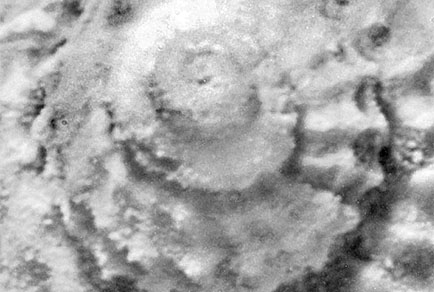Abstract
Trochid gastropods represent an important, diverse family in the Eocene fossil record of Antarctica with no fewer than eight recorded species, one newly described herein. The discovery of Calliotropis antarchais n. sp. (Eucyclinae) in Telm5 (Unit V) of the La Meseta Formation (mid-Eocene Epoch, ca. 45-50 Ma) on Seymour Island, Antarctica Peninsula, marks not only the sole occurrence of this group in the Antarctic fossil record, but further displays the pronounced plasticity of form typical in extant taxa. The new species, an inferred deposit feeder, inhabited very shallow, subtidal waters in sandy facies and is closely allied to congeneric taxa, extant in deep waters surrounding the Antarctic continent. Another trochid genus that makes its first appearance in the Antarctic Eocene fossil record (and extending to the Recent), Calliotropis is otherwise known from the Paleocene (Danian to Thanetian) of Denmark and Australia only, latest Eocene of New Zealand and Early Oligocene of Germany, disjunct distributions in New Zealand and Europe during the Neogene (earliest Miocene to Pliocene), and Quaternary (Pleistocene to Recent) globally. Calliotropis represents another group that displays marked high-latitude heterochroneity in the shallow marine Antarctic Eocene record, disappearing in preserved Tertiary deposits and reappearing with a relatively high diversity in Recent deep-water environments.

